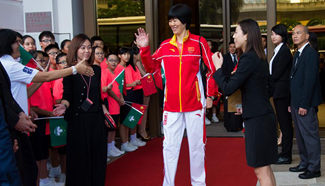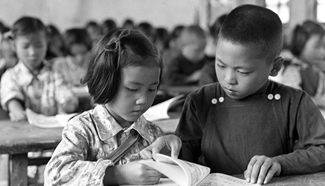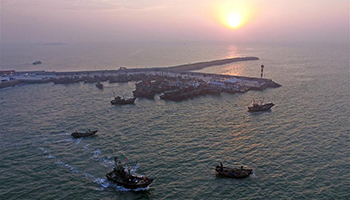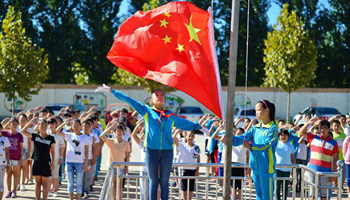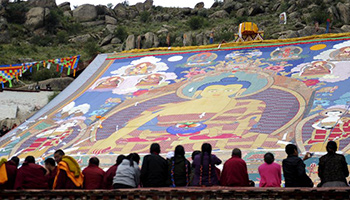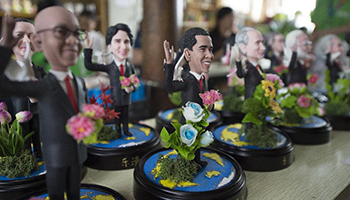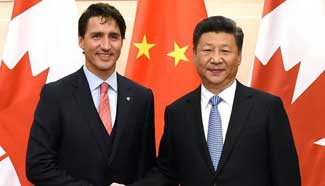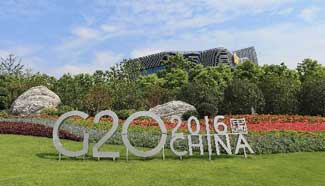BEIJING, Sept. 1 (Xinhua) -- Beijing has entered its most congested month for traffic as a new school term began Thursday, although traffic on the first morning of the month was down from the previous year.
The traffic index during the morning rush hour on Thursday reached 7.4, 1.4 points lower than expected, said Zhou Zhengyu, director of the city's transportation commission. This is 15 percent lower than the same period last year.
The traffic index ranges from 0 to 10, with the number increasing as congestion gets worse.
The commission calls September "the most congested month" as shopping sprees and family visits will begin in the run up to the Mid-Autumn Festival (Sept. 15) and National Day (Oct. 1), in addition to school-related traffic.
To ease gridlock, Beijing public transportation group has added 3,380 buses during rush hours this month.
Other long-term measures to ease traffic are in place or planned.
In February, the Beijing municipal government released a plan composed of 46 tasks to ease the traffic congestion, including unblocking dead-end roads and improving connectivity of side roads and minor lanes.
The total length of the city's bike lane system will be extended to 500 km this year and 3,000 km by 2020. By 2020, the number of public bicycles will reach 100,000.
On Thursday, a bicycle-renting application was launched in Beijing. The app, Mobike, allows users to locate registered bicycles and book them. The bikes can be left and collected from designated areas.
"Bikes are more convenient in congested cities," said Li Xiaoshuai, who attended the Mobike launch.
"I hope more people will ride bicycles to live healthier lives."
Fewer people in Beijing use bicycles these days. According to Beijing's fifth comprehensive transportation survey, published this year, for journeys within five kilometers, only 15 percent are completed on bicycles, while for the same distance for cars it is 12.4 percent.
The city's transportation commission on Friday called on Party members to take the lead and use bikes to ease congestion. They also urged government organs to use videophones and video conferences to reduce congestion on the road.
The city will build 1,000 km of urban rail lines from 2016 to 2020 to make urban rail traffic account for 60 percent of the city's public transportation.
According to traffic statistics, the average traffic index in the first half of 2016 was 5.2, down 10.3 percent from the same period last year.

